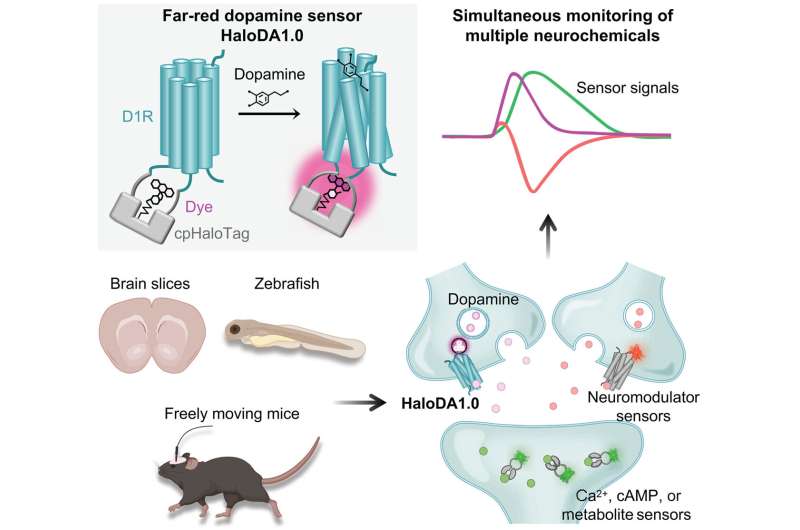Published in Science under the title “In vivo multiplex imaging of dynamic neurochemical networks with designed far-red dopamine sensors,” the study marks a breakthrough in chemogenetic probe design. The newly developed sensor allows researchers to simultaneously track dopamine and other neurochemical signals with high precision across multiple biological systems.
The human brain is an extraordinarily complex organ, composed of billions of neurons that communicate through a wide array of neurotransmitters. Among them, dopamine plays a central role in regulating reward, learning, and motor control, often interacting with other neurochemicals such as acetylcholine, serotonin, and intracellular messengers like calcium and cyclic adenosine 5′-monophosphate cyclic (cAMP).
These components form a tightly regulated, dynamic signaling network. However, monitoring the real-time interplay of multiple neurotransmitters within a living brain has remained a major technical challenge, limiting our understanding of how these signals coordinate behavior and cognition.

